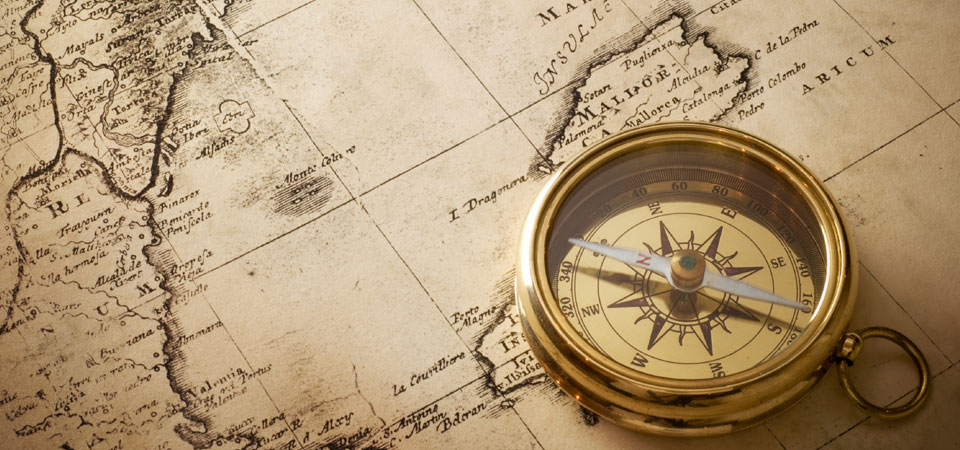
The Pilgrims’ journey to North America began with the Puritans of North Nottinghamshire, England, who were frustrated by the lack of reform in the established Church of England and so chose to separate themselves from it. They believed in freedom of worship and religious tolerance. Thus they became known as Separatists. This of course brought persecution, as religion and loyalty to the crown were seen to go hand in hand.
Originally from Britain, the group made their way-with a number of interruptions- to the Netherlands. However, within a few years, conditions in that country had deteriorated to the point that the decision was made to start over in the New World far to the west.
The group purchased a ship called the Speedwell, a 60-ton craft that had originally been built in 1577 with the name Swiftsure. Some 55 of their number sailed from the Netherlands in July 1620, to Southampton, England, where other likeminded folk joined them. More would follow once the New World colony was established.
negotiations
Getting permission to sail to America was most difficult. It had been illegal for them to leave the country when they’d first fled to Holland. Now, in order to get permission to go to America, arrangements had to be made with those British companies that had been granted permission by the English Crown for the right to settle and trade in the New World. The negotiations divided the group into two. The first were those who had an overwhelming desire to worship as they saw fit. The second group could be called “company people”-those going to grow a business in the New World.
A large group of Puritans and Separatists made plans to emigrate. On behalf of the entire group, a man by the name of Robert Cushman hired the Mayflower to take them to the New World. Today, a plaque located at 59 Palace Street in Canterbury notes the occasion and place where the contract to hire the Mayflower was signed.
The Mayflower sailed up the Thames River to what was then known as Wapping Stairs in East London, then to Rotherhithe on the south bank. Here was the home of Captain Jones, who was also part-owner of the ship. The local church also has a commemorative plaque, and the local hotel is called The Mayflower.
Soon the Mayflower moved down river to Leigh-on-Sea on the north bank of the Thames. Today, the Thames is silted up in this area, and Leigh-on- Sea is just a small fishing port.
The leaders of the group walked inland about 15 kilometres to Billericay to the home of Christopher Martin, where the decision to emigrate was reaffirmed. Martin, his wife, Marie, and their four servants undertook the historic transatlantic voyage. Billericay town now has the Mayflower as its symbol. The Mayflower then sailed to Southampton, where it rendezvoused with the Speedwell.
making arrangements
When King James was told of the application of the Pilgrims to settle in the New World, he asked, “What profits may arise in the parts which they intend to go?”
“Fishing,” was the reply.
He then said, “So God have my soul, ’tis an honest trade! ‘Twas the Apostles’ own calling.”
Ironically, though, when the Pilgrims set sail, the Mayflower carried neither fishhooks nor fishing lines!
The two ships finally left Southampton on August 15, with 30 souls aboard the Speedwell and 90 onboard the Mayflower. Very soon, the Speedwell began to leak badly, and both ships put into Dartmouth, in Devon. The high cost of the repairs meant the Pilgrims had to sell some of their valuable provisions to pay for them.
They put to sea again, but the Speedwell was soon leaking worse than before. The ships then put into Plymouth, on the south-east coast. Realising that the Speedwell would not be able to make the voyage, it was sold. Only later was it discovered that the crew had been deliberately sabotaging the ship in order to prevent it from making the voyage.
Finally, on September 6, with an additional 12 passengers from Speedwell, the overcrowded Mayflower set a western course across the Atlantic.
the voyage
The voyage was trying. The ship was about the length of two modern buses. There were no bunks, not even hammocks. The 102 people were crammed in below deck-usually cold and wet, and slept on the deck or in lifeboats. Many were sick. Meals were monotonous with no fresh food, but some salted horseflesh, dried fish and stale cheese. Water was rationed, with just a very small daily provision.
The seas were monstrous. One man, John Howland, was so tired of the fetid smell and cramped space that he ventured up on deck, only to be swept overboard by a huge wave. Fortunately, he was caught in a trailing rope, or he would never have been seen again. Waves were estimated at higher than 10 metres, and with the constant buffeting, the ship sprang leaks.
Finally, after 66 days at sea, land was sighted on November 19, 1620. The coast was not familiar to the crew. They anchored inside the hook of Cape Cod, in Massachusetts, having aimed to make land somewhere near the mouth of the Hudson River, New York, hundreds of kilometres further south!
However, they were not altogether unhappy about their location, as the area around the Hudson River had already been settled and their nemesis, the Anglican Church, was well established there. Here, they could and would be their own masters with religious freedom!
After repairing their small landing boat, some exploratory trips were made, with the general disembarkation on December 26.
The land however, came with its own set of troubles. Winter had arrived because of the departure delays, so there was no time to plant crops. This was to impact on them shortly.
on a new continent
Just before landing in a place remote from any European civilisation, the group drew up their own settlement charter, the “Mayflower Compact.” It was signed by the 41 men in the group in an attempt to create a workable arrangement between the group of merchant- minded and some of the more religious-minded.
However, winter and the lack of food took its toll in their first year in the New World. In February, at least two people died on most days and at times three.
Starvation and sickness meant some 52 of the original 102 did not survive to celebrate the first ever Thanksgiving. Those who survived only did so because the Indians taught them how to fish and hunt.
On that autumn day in 1621, the Pilgrims did not call it “Thanksgiving Day”, though they certainly gave thanks to God for leading them and being with them.
And although the Pilgrims had received help and assistance from the Indians, they also kept making inroads on the land, getting closer to Indian territory, using up resources of the locals. It did not take long for fighting to take place.
Despite being the minority, the Separatists, who’d come to the New World in their quest for freedom of religion, soon became the dominant religio-political group governing the fledgling colony. Until 1664, citizenship was restricted to church members. Any dissenters, such as the famous Roger Williams, were banished from the colony.
It is ironic that those who sought freedom, despite their good intentions, made their form of church polity the template for the whole colony to the exclusion of others! The combination of religious and political government has always tended toward intolerance.
As we look back to a group of people who have been immortalised, we can recognise the need to worship God as we desire. We can also see the need to understand that others have the same right and we should be tolerant of others. Certainly God was with these people who gave much input into the country which has become so great.







